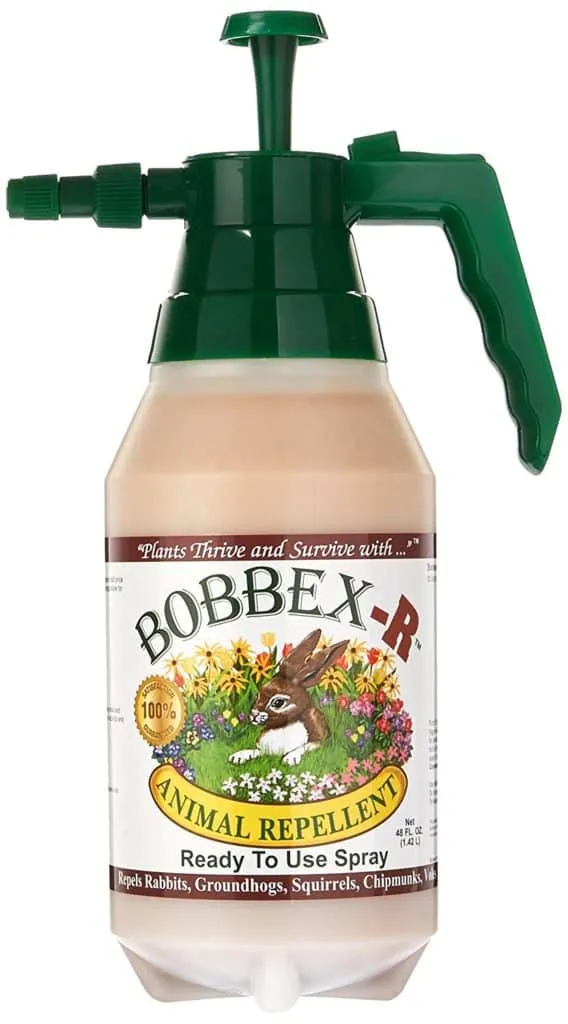Groundhogs-tiny lumberjack look-alikes that somehow made wood in their name-can wreck a backyard faster than a thunderstorm. One afternoon they’re adorable, the next you stare at a crater that feels like the moon landed in your lawn. That soft dip under the sliding-glass door? Probably a groundhog penthouse.
Good news: you don’t have to share your yard with the furry tenant. A menu of easy, humane hole-filling tricks is already out there and waiting.
This post lays out the whole plan. You’ll learn how to spot the critter, pick the right tool, and close the tunnels without hurting a whisker. For quick buys, Groundhog Repellent lists everything from steel mesh to bad-smell sprays. Text links appear as you read.
Why care? Because a single groundhog hole is rarely one-and-done. These critters dig like they’re training for the Olympics; a single tunnel can snake 30 feet and branch off in several directions.
Solid structures sneakily ride on top of invisible pipe systems.
What could break? Garden beds can flop over once the secret dirt shuttles beneath them run dry.
Poured patios and home foundations might tilt after weeks of slow soil washout.
A hidden groundhog hole can bring a lawnmower to a dead stop in seconds, and a barefoot kid won’t see it in time.
Floodwaters, meanwhile, sneak through tunnel systems and put flower beds under a surprising inch of water.
Neither patching a mower deck nor draining a garden is free money, so fixing the hole quickly becomes the cheap choice.
Spot the Live Damage
The first move is to be sure a groundhog-not a mole, vole, or stray dog-dug that crater.
A mature groundhog passage rivals a dinner plate, landing roughly 8 to 12 inches across.
Fresh spoil piles look like small volcanoes, and new paw prints leave brown smudges on the rim.
Quick Clues to Groundhog Activity
- Dirt that fans outward into a flimsy star shape-windblown, sure, but usually made on-site.
- Chewing marks on zucchini leaves or carrot tops hint that the tenant prefers home-grown salad.
- Foot tracks show four stubby toes up front and an extra toe behind, almost like a railroad hitch.
- Black bean-size nuggets of scat congregate near the entrance, stout enough to roll and hold moisture.
- A daytime sighting is common because these critters are wide awake while most people are cutting grass.
Insider Tip
Slip in a scrap of newspaper or loose grass; if it disappears by supper, the burrow is very much alive.
For pictures, videos, and more tips on matching signs to species, visit Groundhog Repellent and scroll through the free guides.
Encourage the Groundhog to Move On
Now you want the groundhog to pack up and leave the burrow behind. Many folks prefer a light, passive nudge instead of setting a trap.
Humane Methods That Work
– Ultrasonic Repellers: These little boxes send out a high-pitched whine that only rodents can hear. Your dog may cock his head, but people can barely notice it.
– Scent-Based Sprays: Products made with castor oil, garlic, or even predator urine convince the groundhog that dinner is safer somewhere else.
– Careful Flooding: A gentle pour of water at the entrance can soften the tunnels, but try not to lock the animal inside.
If you’d rather skip the guesswork, check out Groundhog Repellent. They sell kits that combine several of these techniques, and the reviews say they work.

Seal Up the Hole
After a few days of quiet, you can close the burrow for good. Filling in the hole keeps other critters from moving in and gives your lawn a chance to heal.
- How to Fill It In
– Look for Fresh Signs: Wait until the entrance looks abandoned for at least three nights.
– Cave in the Tunnels: Grab a shovel or a tamping tool and break down the side shafts. Compact the soil on top, and the groundhog-moved or not-wont dig back.
- Fill with Gravel and Soil
Start by pouring in a layer of coarse gravel. This gives the patch a strong base. On top of that, add a generous scoop of rich topsoil. The two materials work together to prevent settling later.
- Pack Down Firmly
Grab a heavy tamper and work the soil until it feels solid underfoot. You can even stomp around a bit if no tools are handy. A firm surface now means fewer headaches down the road.
- Reseed the Area
If the spot used to be lawn, sprinkle fresh grass seed to blend it in. Flower or veggie beds can get their own starter plants or a light dusting of quick-germinating seed. A bit of green on the surface makes the repair look intentional.
- Complete the Job
Leaving the hole empty invites another family of groundhogs to move right back in. Filling and packing the tunnel is only half the battle; closing it off completely is what counts.
Prevent Future Infestations
Your yard is clear, but the work isn’t quite finished. Lasting peace comes from keeping new critters away.
Effective Preventative Measures
– Install Fencing: Use sturdy hardware cloth, bury it a foot deep, and bend the bottom outward like an L. That extra angle frustrates anything trying to dig down.
– Keep Vegetation Trimmed: Short grass and cleared brush take away the cover that groundhogs love. Less hiding means less interest.
– Use Motion-Activated Sprinklers: A surprise burst of water only needs to scare a few times. After that, the rumour spreads among the animals.
– Apply Maintenance Repellents: Rank-smelling granules or sprays wear off, especially after rain. Reapply every few weeks to remind pests that your yard is the wrong address.
At Groundhog Repellent, we stock everything from quick-acting sprays to bulk maintenance kits. Busy homeowners can set it once and enjoy their weekends hassle-free.
Final Thoughts: Claim Your Space Back with Smart Groundhog Hole Removal
Few surprises wreck a peaceful Saturday like discovering fresh groundhog holes chewing through your lawn. One quick move in the right direction-and the unwelcome tenant is on its way out.
Spotting the live burrow, applying honest-to-goodness repellents, and repeating the plan until the job sticks are what victory looks like. You won’t be hunting for answers alone, either.
Swing by Groundhog Repellent, where neat trick-digs, sprays, and granules you can trust have already been lined up by folks who know the deal. Humane methods share shelf space with easy instructions so confusion doesn’t hang around.
Letting the critters stay is one choice; choosing a yard you love is another. Jump into the groundhog fix today and give your grass the break it deserves.

